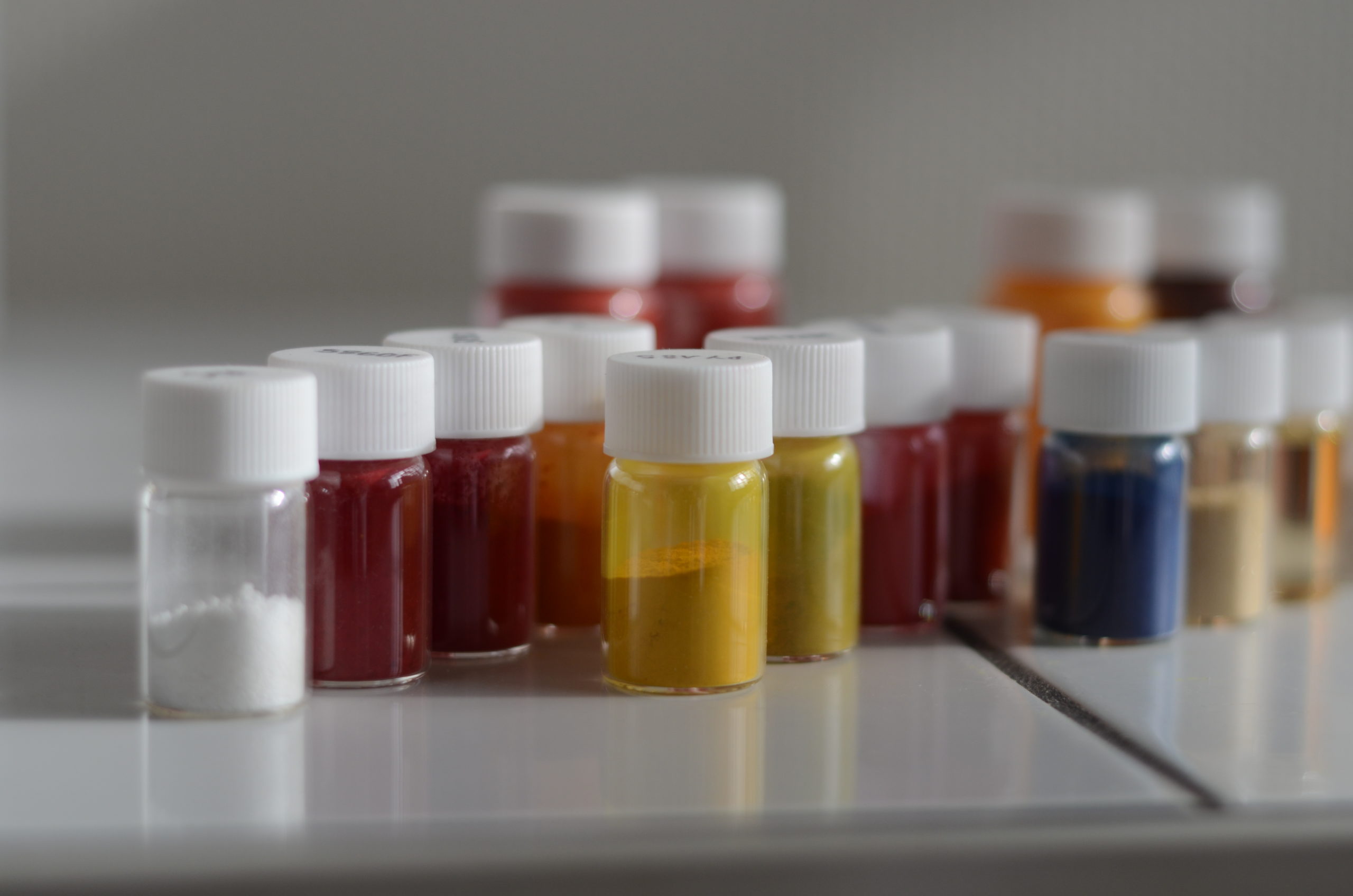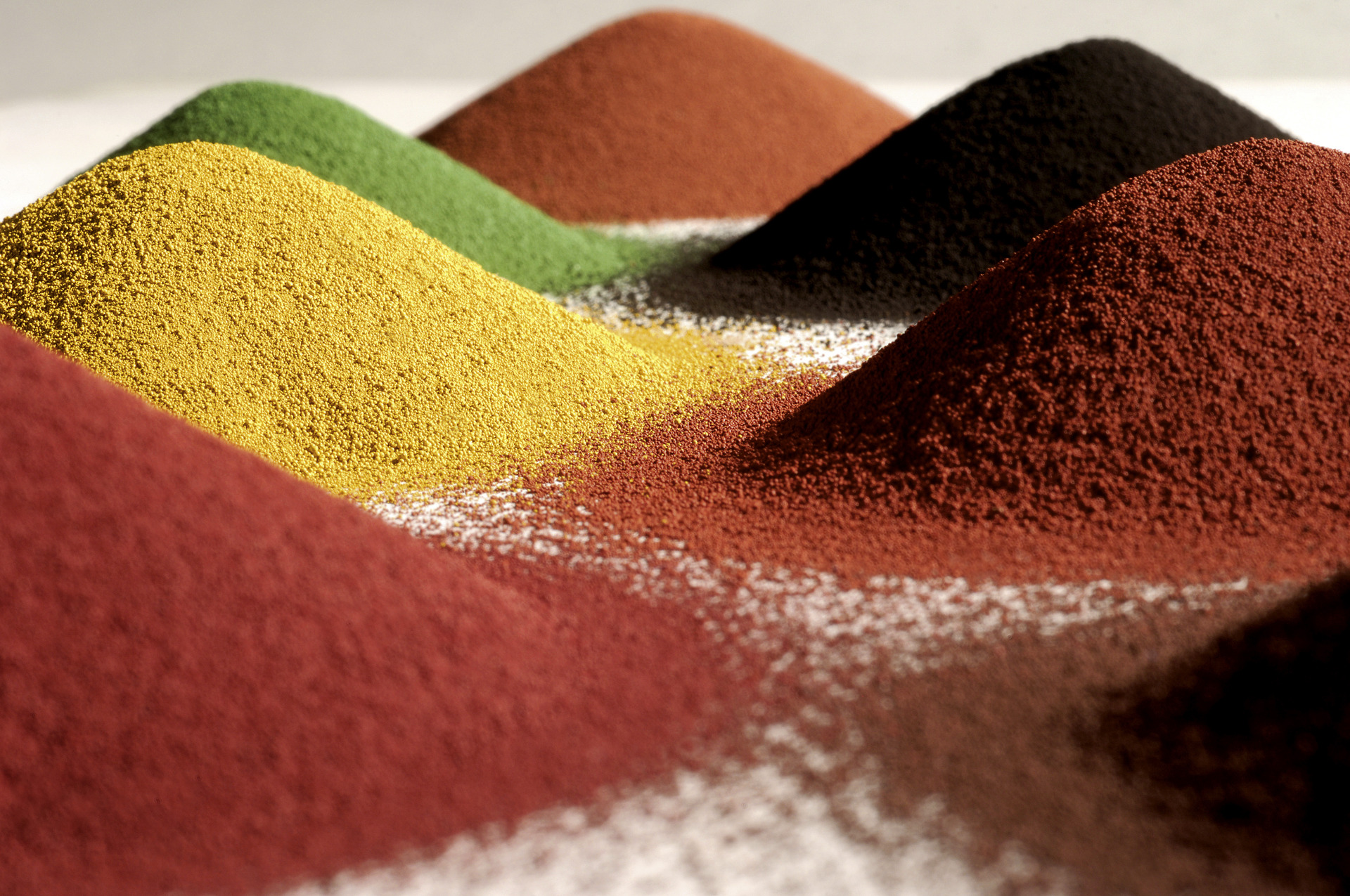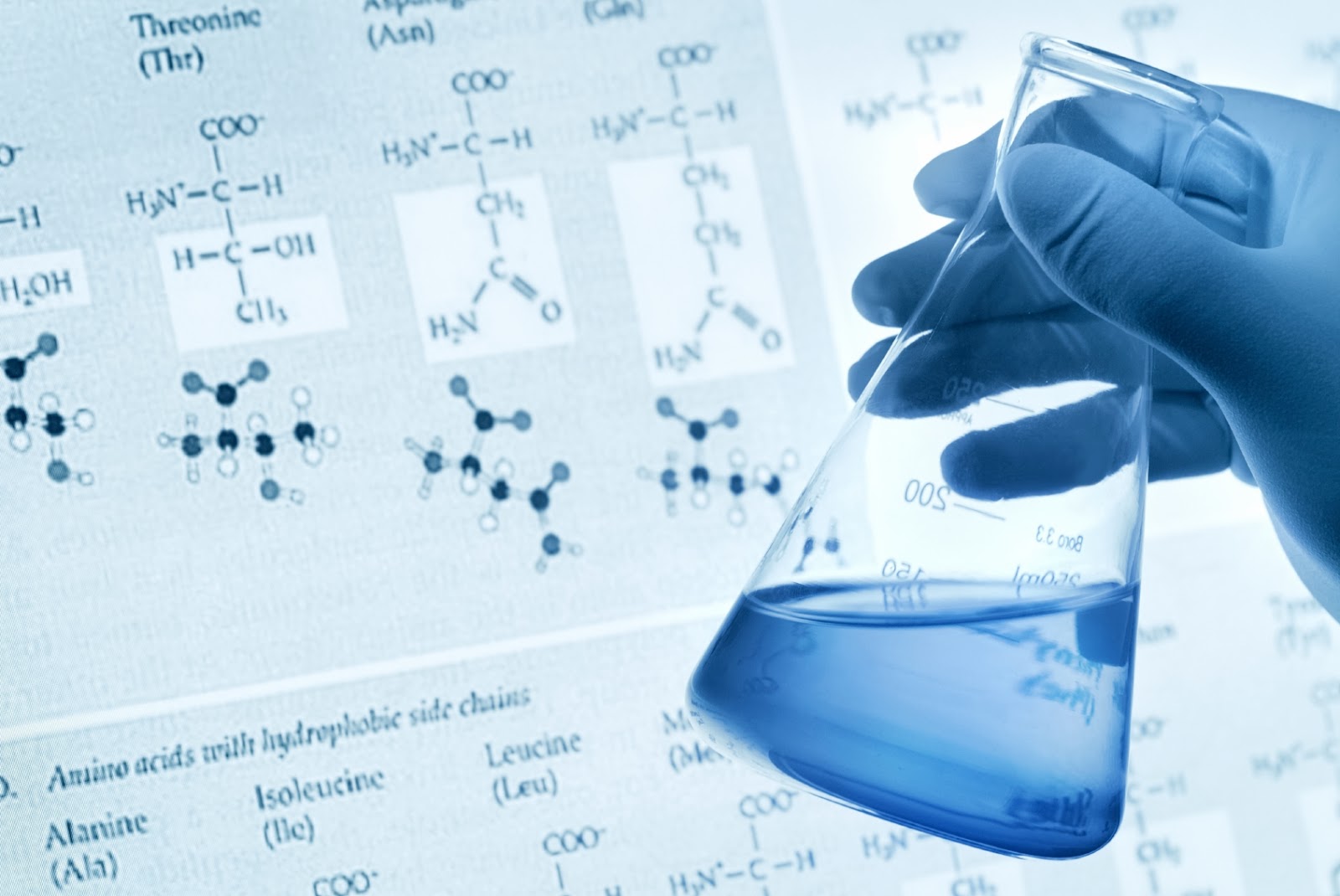2025-05-08
Advanced Synthesis of Organic Pigments: Eco-Friendly Routes and High-Yield Strategies
Advanced Synthesis of Organic Pigments: Environmental Protection Pathways and High-Yield Strategies
I am the workshop of Jianfeng Chemical Industry. Today, it is a wonderful method for the synthesis of organic pigments, which is the key to environmental protection and high yield.
Organic pigments are widely used in various industries and lives. The splendid painting, the colorful dyeing and weaving, and the dazzling packaging all depend on their contributions. However, the synthesis methods of the past have much to discuss. There are those who consume a lot of energy, those who pollute the environment, and those who have not improved the yield. Today is different from the past. We should seek advanced synthesis paths to meet the needs of the times.
Let's talk about environmental protection paths first. In the past, synthesis often used harmful solvents and reagents. Such as halogenated hydrocarbons, although it is easy to react, its toxicity and refractory degradation are a serious environmental hazard. Today, we strive to replace them with green solvents. Water and ionic liquids are both good choices. Water, from pure to pure, can be taken infinitely, and is harmless to use. Ionic liquids have unique properties, can be recycled, and have synergistic power in many reactions.
Furthermore, the choice of catalyst is also important. Traditional metal catalysts have many residual risks, affecting the quality of pigments and polluting the environment. Today, we should seek new catalysts that are efficient and environmentally friendly, such as enzyme catalysts and solid acid catalysts. Enzymes are the essence of biology, with strong specificity, mild reaction conditions, and no pollution. Solid acid catalysts are easy to separate, reusable, and environmentally friendly.
As for high-yield strategies, the first step is to optimize the reaction conditions. Temperature, pressure, and the proportion of reactants all need to be carefully controlled. If the temperature is too high, it may cause side reactions to cluster; if it is too low, the reaction will be slow and the yield will not be high. The same is true for pressure. Appropriate pressure can make the reaction proceed in a favorable direction. The proportion of reactants also needs to be weighed. Excessive or insufficient is not a good strategy.
The improvement of reaction equipment is also the key to high yield. New reactors, such as microreactors and continuous flow reactors, can precisely control temperature and flow, making the reaction more uniform, reducing side reactions, and increasing yield. Micro-reactor, small size, high heat and mass transfer efficiency, can make the reaction completed instantaneously, and can be operated in parallel, greatly improving production efficiency. Continuous flow reactor, continuous flow of materials, continuous reaction, avoiding batch differences, product quality is more stable.
Simplification of synthesis steps is also the key. The lengthy steps are not only time-consuming and laborious, but also each step has losses, resulting in reduced yield. Therefore, when striving for a simple synthesis route, get the most products with the least steps.
Jianfeng Chemical's workshop must adhere to the concept of environmental protection and high yield, and study the new method of organic pigment synthesis. We are willing to work with you to create a new frontier for the industry of organic pigments, making the color of pigments brighter and purer, and achieving stability and long-term success in environmental protection and high productivity.
 18 years experience
18 years experience 6000+ m2 factory area
6000+ m2 factory area 300+ employees
300+ employees 60+ customer's countries
60+ customer's countries










